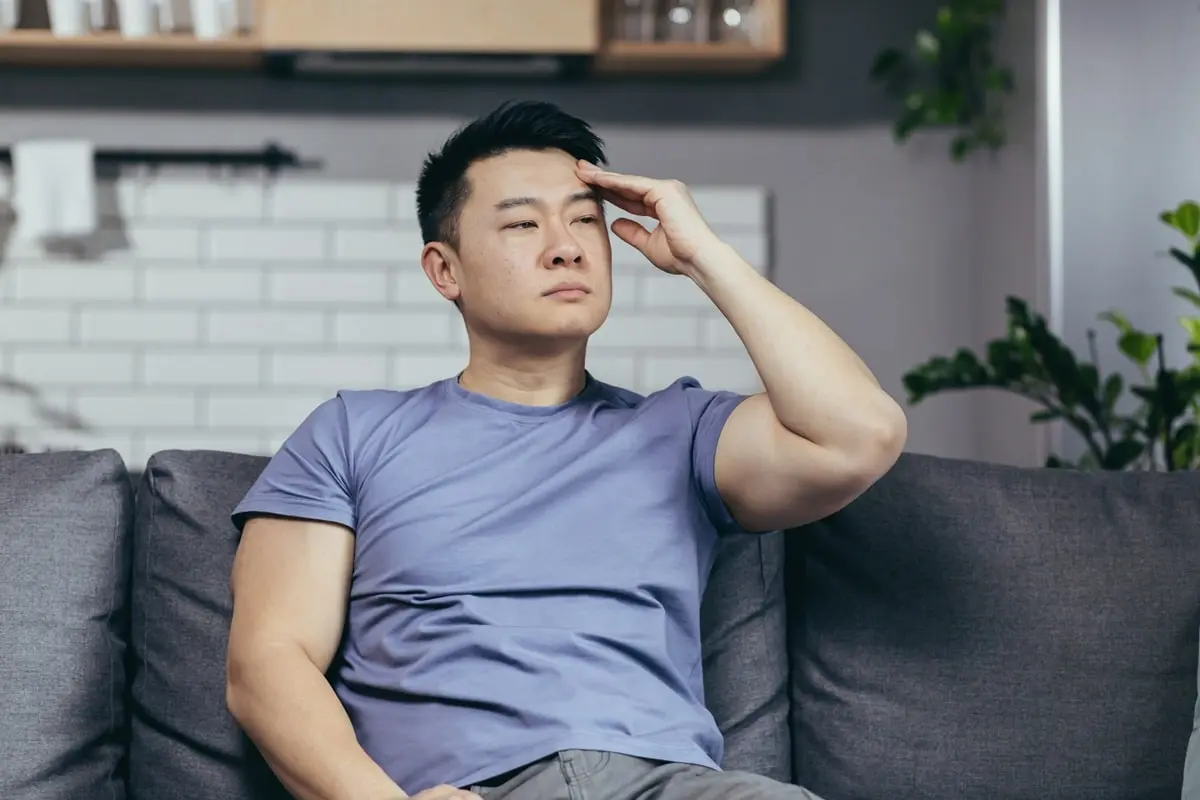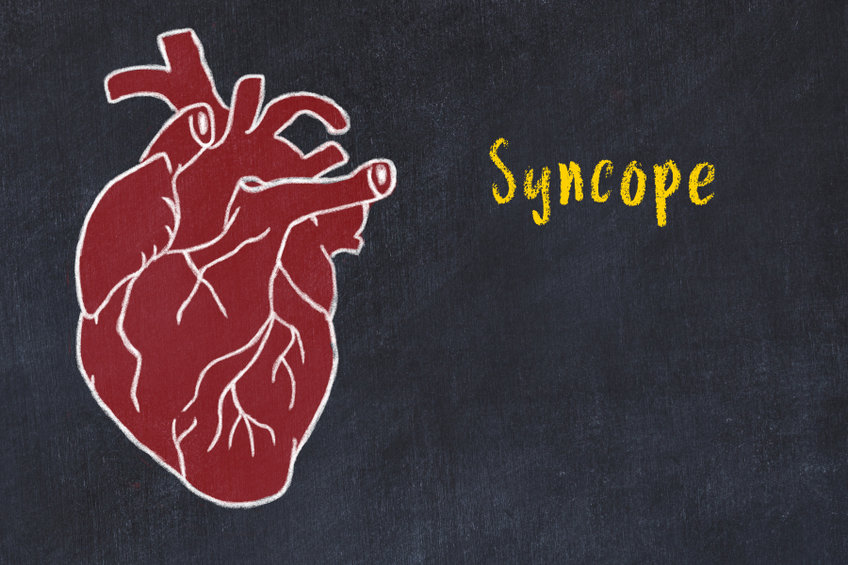Updated June 11th, 2022
What is Trichotillomania?
Trichotillomania is the recurrent and hard-to-control pulling out of one’s hair. The pulling occurs most commonly from the scalp, eyebrows, and eyelids, but it may occur from other regions of the body. People with trichotillomania often describe experiencing an overwhelming urge to pull their hair. This makes the behavior very difficult to control.
Many people with trichotillomania think that they should be able to stop this habit with their willpower alone. Therefore, they feel embarrassed that they have difficulty stopping the hair pulling. Hair loss from the repetitive hair pulling may also lead to further social isolation and distress. The good news is that there are effective treatments for this condition. We will go over the best treatment options below.
Trichotillomania Treatment Options
Psychotherapy
Research has found Habit Reversal Training, a type of cognitive-behavioral therapy (CBT), to be very effective for treating trichotillomania. It is the treatment of choice for this condition.
This treatment will often involve the in-the-moment recording of your hair-pulling urges and behavior as well as other information, including the date, time, location, and your thoughts and feelings before and after the behavior. The recording not only helps increase your awareness of your urges and your hair-pulling behavior, but also helps you identify any patterns, such as specific time, location, feelings, or activities associated with the behavior.
Another key component of the treatment involves the implementation of strategies to reduce the likelihood of pulling. Think of this as putting in “speed bumps” to make it difficult for you to engage in hair-pulling behavior. What does this look like? Therapists might ask individuals who pull their head hair to wear a hat or to wear band-aids on their fingers. They might ask you to place visual reminders (STOP!) at the specific location where the pulling typically happens.
It is important to realize that everyone is different. You may need to take some time to experiment with various techniques to find the ones that work for you!
Lastly, the treatment will involve replacing the hair-pulling behavior with less harmful behaviors. For example, when you experience an urge to pull, you might be asked to make a fist, squeeze a stress ball, or play with a fidget toy. The goal is to make it impossible for you to engage in hair-pulling behavior when there is an urge.
Medication
As of now, the Food and Drug Administration (FDA) has not approved any medication for the treatment of trichotillomania. Selective serotonin reuptake inhibitors (SSRIs) and a tricyclic antidepressant (TCA) called Clomipramine are considered the first line of pharmacotherapy for trichotillomania (Sani et al., 2019). However, the overall results on these drugs’ efficacy are mixed. Specifically, the Sani et al. review found that SSRIs only have weak evidence of benefits in improving specific trichotillomania symptoms. The researchers described Clomipramine as less effective than CBT.
Overall, CBT has been found to be the most effective treatment for trichotillomania.
You can find more information on the specific strategies mentioned here. We also recommend the extensive resources available on the TLC website for body-focused repetitive behaviors.
Subscribe to the Manhattan Center for Cognitive-Behavioral Therapy blog!









